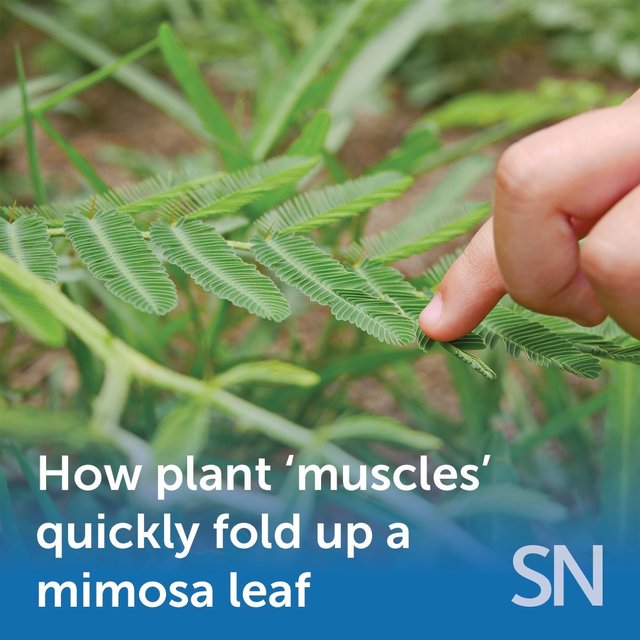Tiny bulges of specialized cells in a mimosa plant (shown) can fold its feathery leaflets together in seconds, then relax — and do it again. Scientists have already worked out the basic chemistry that drives a little mimosa motor, or pulvinus. But new research shows how the structures of the cells help the plant along. One feature that makes plant-muscle cells bloat more efficiently is reinforcement with microscopic fibrils. They work like corsets, keeping cells from bulging out in all directions. Instead, the corset directs much of the swelling along the axis that will fold up the leaf halves. Also, pulvinus cells that need to bulge fast have what look like wrinkles of easily expandable tissue for inrushing water, plus special highly porous zones called pit fields. The pits look as if water could sluice through easily in a tickled-leaf emergency. Cell arrangement itself looks specialized for expanding and shrinking.
(📸: Ole_CNX/iStock/Getty Images Plus)
#science #plants #plantsofinstagram #mimosaplant #mimosa #chemistry #biology #botany
